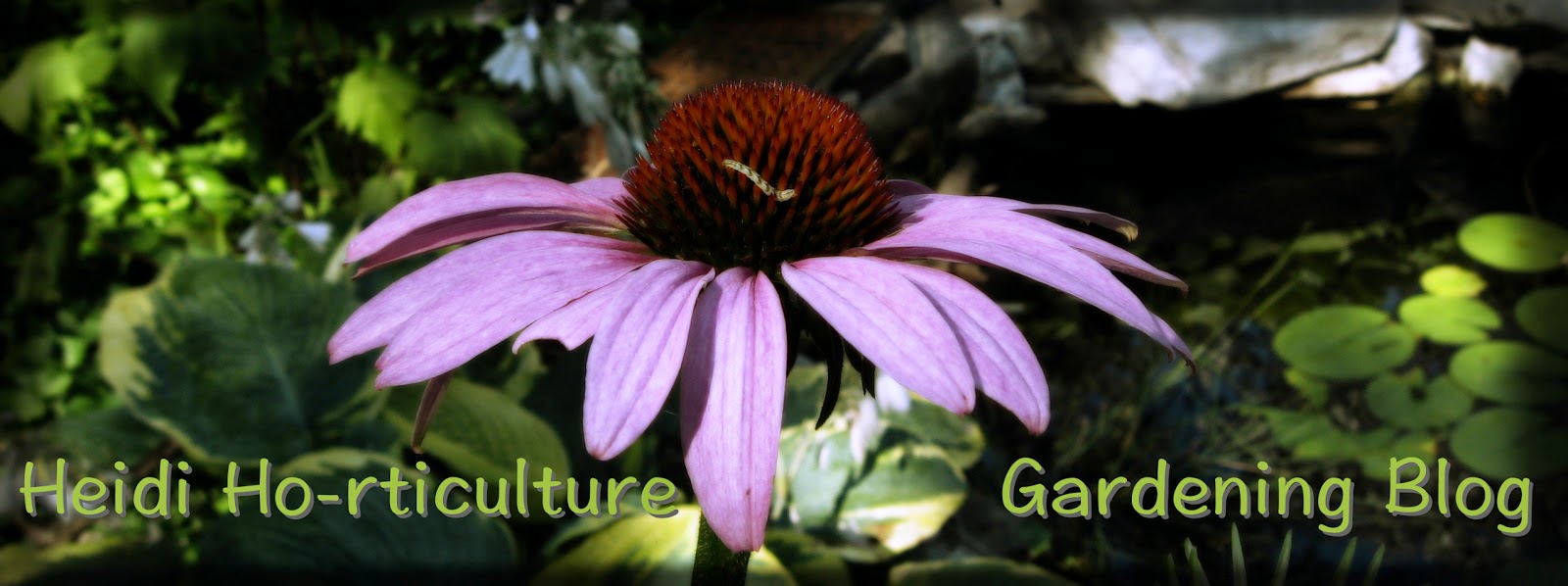Whether you desire to add to your houseplant collection, or merely desire to learn how, trailing houseplants have to be the easiest plants to propagate.
![]() |
| Here, I established a Purple Passion Plant quite easily. 2 months old and it needs to be up-potted and centred properly in a new container. |
Here's how:
Once trailing plants have enough stem growth and length, you can begin cutting off 12 inch segments, or even more - better to be longer than shorter. Cut the stem off below a leaf joint.
![]() |
| This Hoya has lovely rootlets already forming. Cut segments with these if you can. Several trailers have this form of root establishing on stems. |
![]() |
| This Hedera helix Ivy has them as well. |
![]() |
| The Purple Passion plant I established above had no rootlets. I just selected sturdy, healthy stems with leaves with buds at their base. |
![]() |
| Gently pull and tease the leaves off the stem. At this axil joint, roots will develop. |
![]() |
| Again, take a foot long sturdy length... |
![]() |
| Remove all leaves from the bottom end and leave one or two leaves at the tip. |
![]() |
| All I did was wind the vine portion with no leaves inside the base of a glass and situated it near a window in the bathroom. Indirect light and humidity from the bathroom is ideal to help initiate root development. |
![]() |
| Every week, I would rinse and refill the glass with fresh water and now you can see, ample roots have established. It's time to pot up. |
Please, don't wait too long to pot up. Once the roots are about an inch or so in length, it's perfect for soil. Too long, and the roots will struggle in a dryer medium, having been used to water all the time. Also, only so many nutrients are suspended in tap water and the plant will suffer too long without soil.
Take potting soil and dampen it a bit. Remove the vine stem from the glass gently and place into empty pot. Gently fill the pot with the dampened potting soil and tap the pot on a surface to help compact the soil. Be gentle, as tiny hairs are on the rootlets and you don't want the soil to damage them. I thoroughly water the pot at first, just after transplanting from the glass. I do not water the plant again, until the potting soil is dry. Overly watering these cuttings can result in root rot. You have to play it by ear. Watch the plant for several days after you transplant it into soil. You will see foliage droop or curl if they either are too dry or too wet.
![]() |
| These two variegated hoyas were made by cuttings from one original parent plant. It's so easy! |
Other plants that can easily be propagated this way:
German Ivy (Senecio mikanoides)
Pothos or Philodendron Vines
Peperomia
Plectranthus
Endless possibilities.






































































































